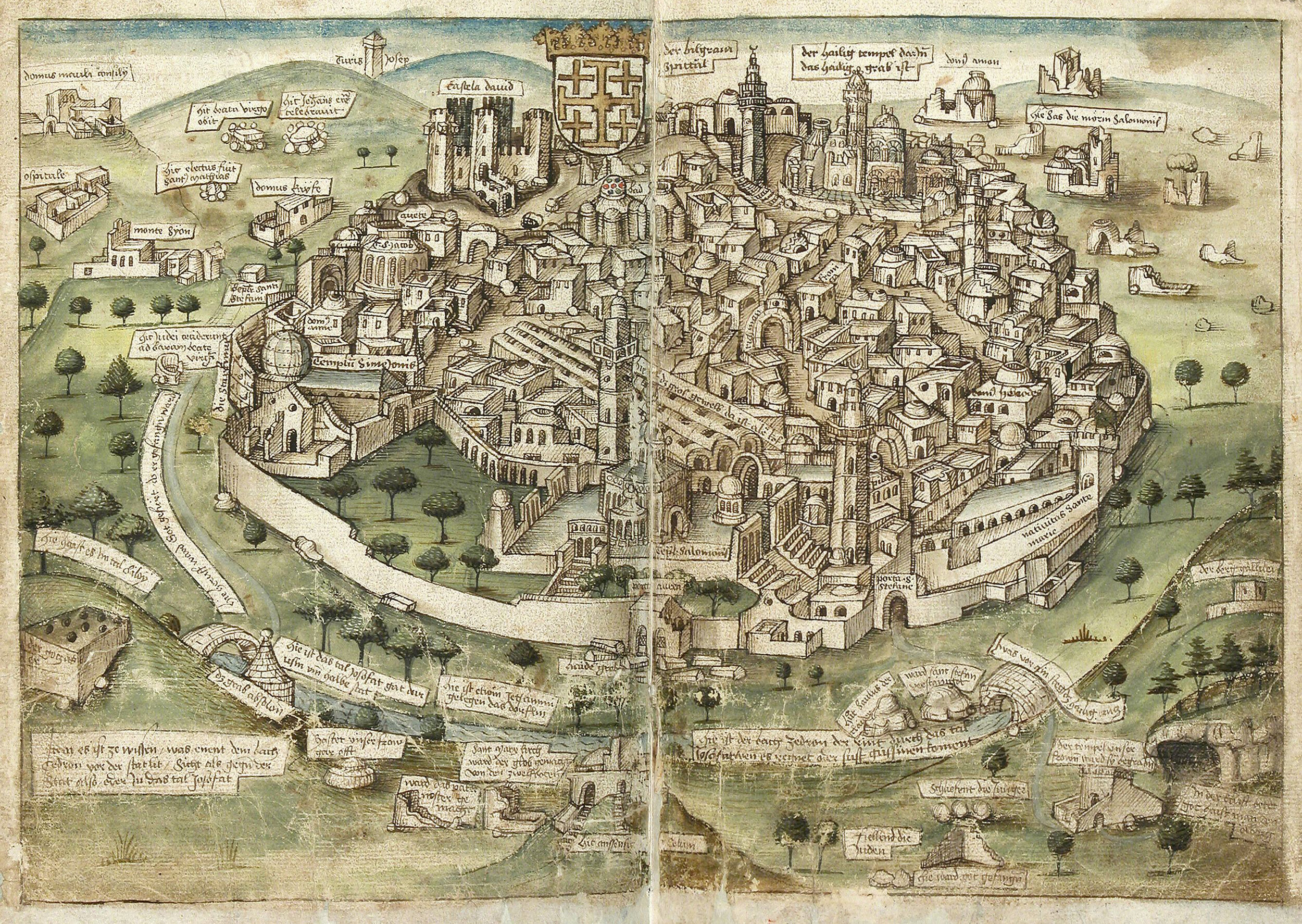The envoys of Byzantine Emperor Michael II are received by Omurtag the Bulgar ruler - Wikicommons
Ahmad ibn Fadlan carries on to his cash-poor appointment with the Volga Bulgars. There's talk of funerals, cultural differences, and threats of death. 10th century diplomacy could be hard.
If you like what you hear and want to chip in to support the podcast, my Patreon is here, my Ko-fi is here, and Paypal is here.
Sources:
Ahmad ibn Fadlan. Mission to the Volga, translated by James E. Montgomery. New York University Press, 2017.
Ibn Fadlan and the Land of Darkness: Arab Travellers in the Far North, translated and with an introduction by Paul Lunde and Caroline Stone. Penguin, 2012.
Medieval Islamic Civilization: An Encyclopedia, edited by Josef W. Meri. Routledge, 2005.
Bukharaev, Ravil. Islam in Russia: The Four Seasons. Routledge, 2014.
Curta, Florin. Southeastern Europe in the Middle Ages, 500-1250. Cambridge University Press, 2006.
Hansen, Valerie. The Year 1000: When Explorers Connected the World and Globalization Began. Simon and Schuster, 2020.
Le Strange, Guy. The Lands of the Eastern Caliphate: Mesopotamia, Persia, and Central Asia from the Moslem Conquest to the Time of Timur. Cosimo Classics, 2010.
Romano, John F. Medieval Travel and Travelers: A Reader. University of Toronto Press, 2020.
Vernadsky, George. Kievan Russia. Yale University Press, 1973.










